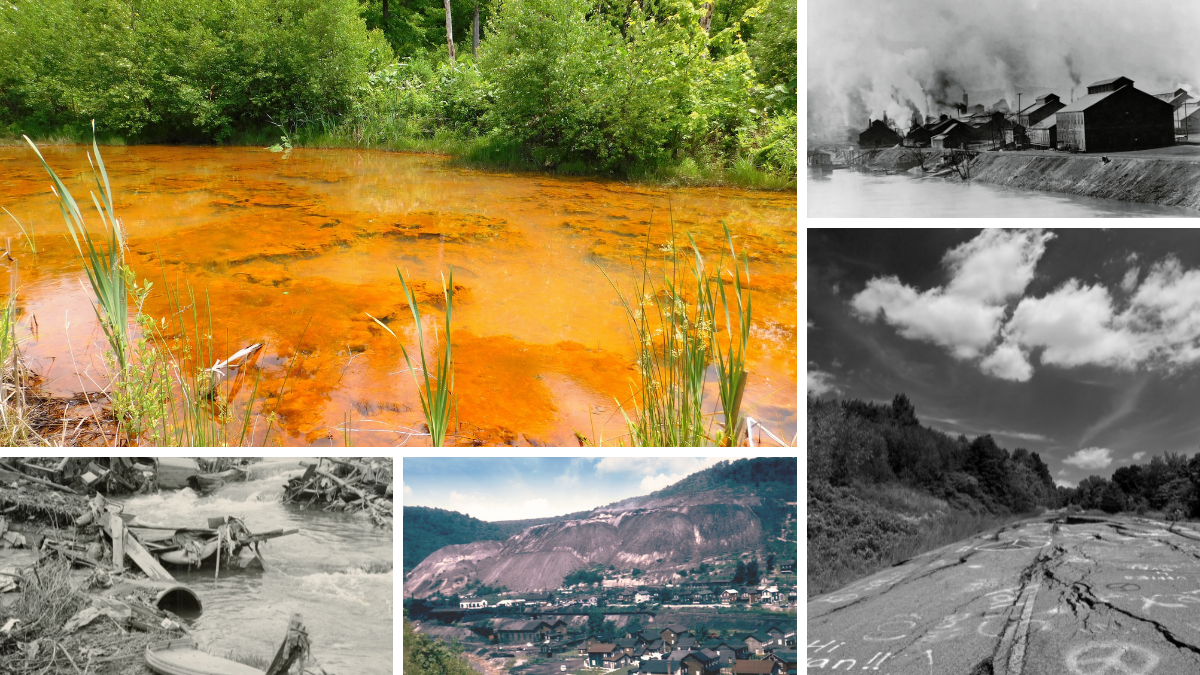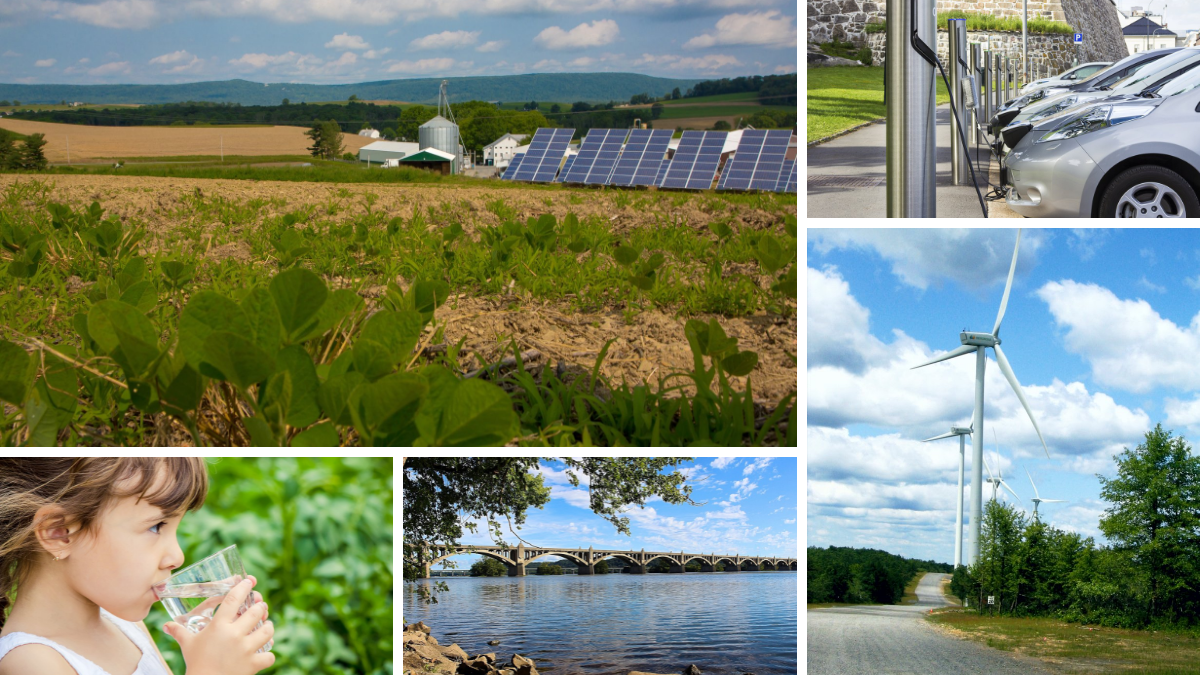Environmental Heritage

The environment and natural resources of Pennsylvania played an important role in the historical development of the commonwealth.
You can't really understand many of the environmental issues we face today, without understanding the people and events that helped shape the development and environment we have today.
With the help of the Pennsylvania Historical and Museum Commission and others we hope to help you better understand your environmental heritage.
Environmental Leaders
Pennsylvania's history of environmental leadership is a rich one. In the early 1900s people like Gifford Pinchot, a governor and forester, and J. Horace McFarland, a colleague of Sierra Club founder John Muir, helped organize state and national conservation and preservation efforts.
In 1962, Rachel Carson, an Allegheny County native for whom DEP's headquarters building in Harrisburg is named, helped start the modern era of environmentalism with her book, Silent Spring.
In 1971, Maurice Goddard took on the challenge of leading the newly formed Department of Environmental Resources that had responsibility for forests, parks and environmental protection programs. At about the same time, Sen. Franklin Kury and other legislators led the effort to make Pennsylvania one of the first states to amend its constitution with an "Environmental Bill of Rights". Ralph Abele led the Pennsylvania Fish Commission on a crusade against water pollution.
And Gov. William Scranton oversaw the dramatic expansion of state and local recreation areas in the state.
Unfortunately, our history also includes environmental abuses like acid mine drainage and air pollution disasters like Donora in 1948 when 20 people died that lead to landmark state environmental laws.

The 1970s saw the development of basic regulatory programs. In the 1980s and 90s, a new generation of environmental programs grew again as recycling, hazardous site cleanup, air quality and water quality expanded.
In 1995, Gov. Tom Ridge and the Pennsylvania General Assembly began a new science-based approach to environmental protection by refocusing environmental and natural resource management efforts by forming separate departments of Environmental Protection and Conservation and Natural Resources. Pennsylvania is now looking to the 21st Century by implementing new programs designed to prevent pollution, not simply regulate it.

Article I, Section 27
Fifty years ago, the country was awakened to the devastating impacts humans had on natural resources. The first Earth Day launched the movement to create laws and programs that make sure Pennsylvanians have clean water to drink, and protections for the air, land, and wildlife.
On May 18, 1971, Pennsylvania’s voters by a four-to-one margin ratified what is now Article I, Section 27 of the Pennsylvania constitution–now known as the environmental rights amendment. Fifty years ago, a young legislator from Northumberland County, Franklin Kury wanted to guarantee Pennsylvanians the right to clean air and water. Working with other environmental advocates, he got Article 1, Section 27 amended to the state constitution in 1971: “The people have a right to clean air, pure water, and to the preservation of the natural, scenic, historic, and esthetic values of the environment. Pennsylvania’s public natural resources are. the common property of all the people, including generations yet to come. As trustee of these resources, the Commonwealth shall conserve and maintain them for the benefit of all the people.” Remarkedly, every legislator, Democrat or Republican, voted to support this amendment.
The second part of the amendment relates to who protects one’s environmental rights. It placed the duty on Pennsylvania government as trustee of the public natural resources. The Department of Environmental Protection’s (DEP) mission is to protect Pennsylvania's air, land, and water from pollution and to provide for the health and safety of its citizens through a cleaner environment. DEP will work as partners with individuals, organizations, governments, and businesses to prevent pollution and restore our natural resources.